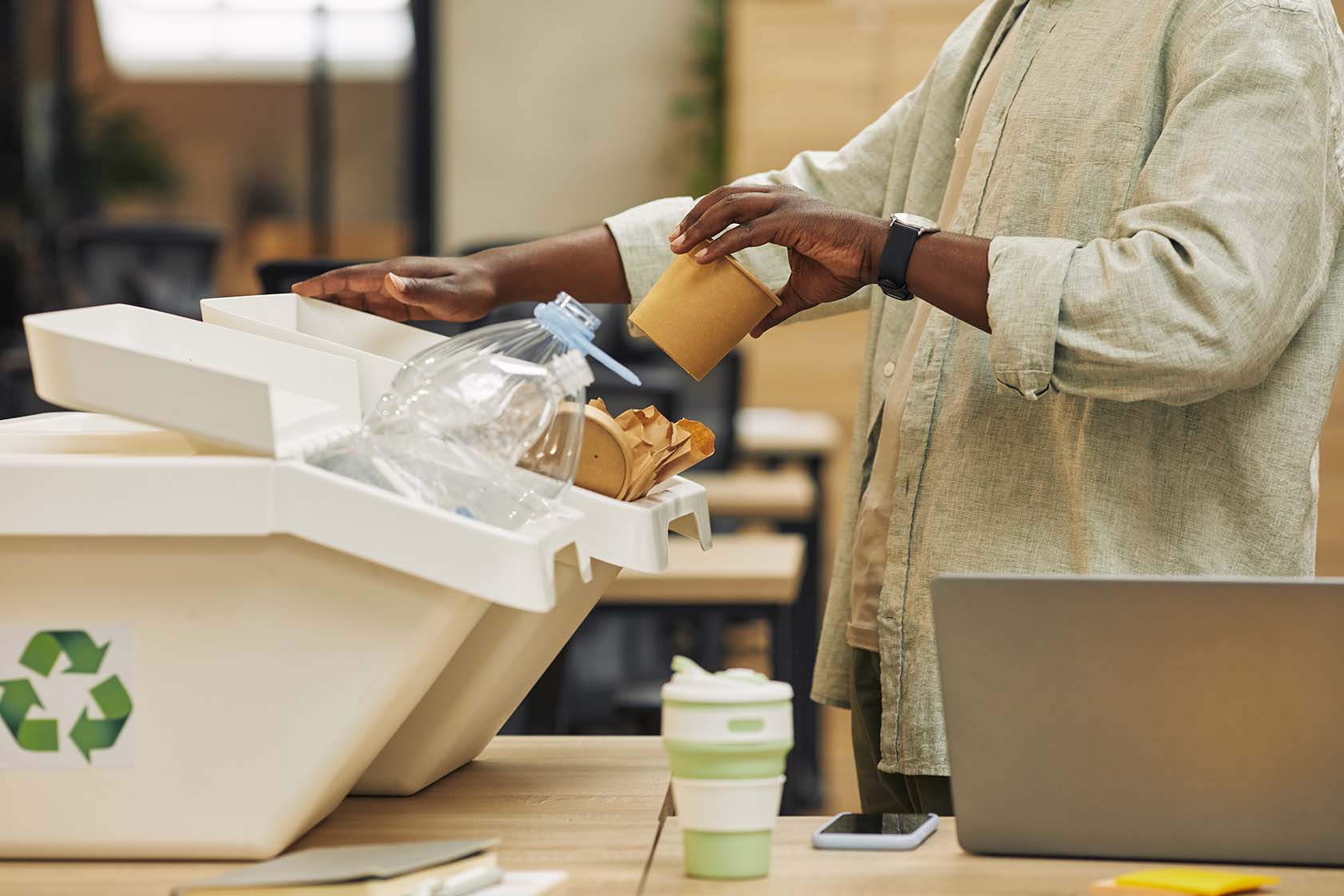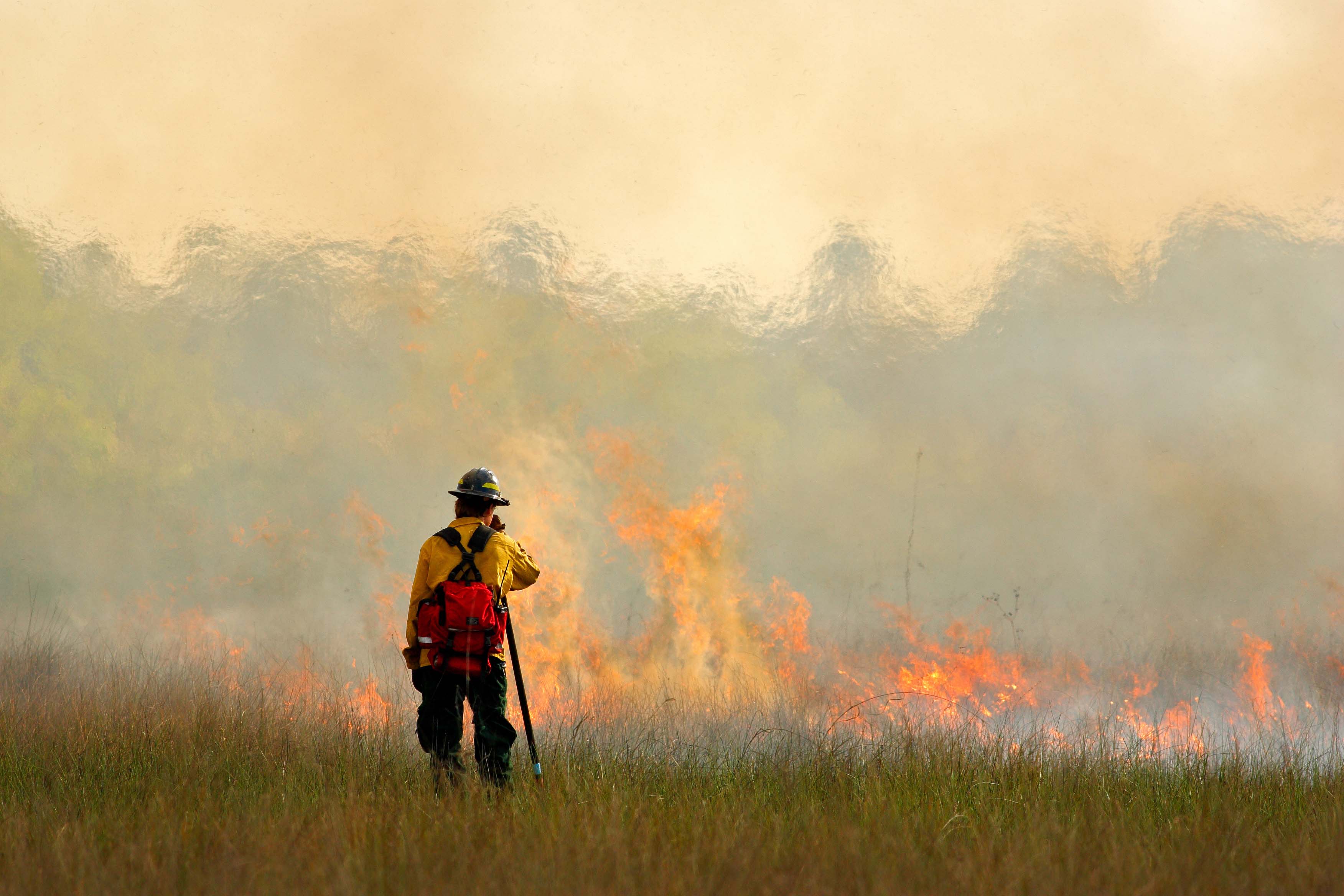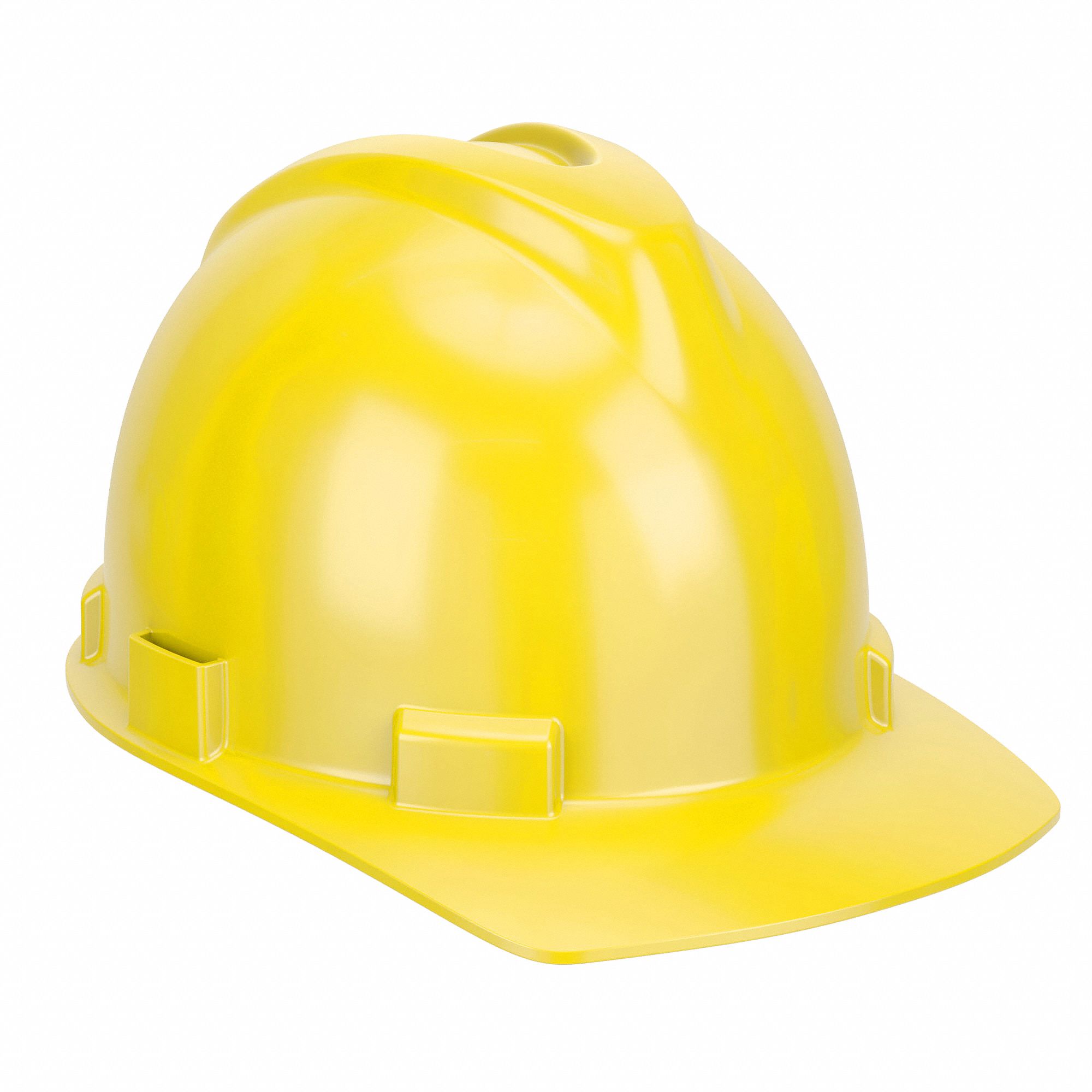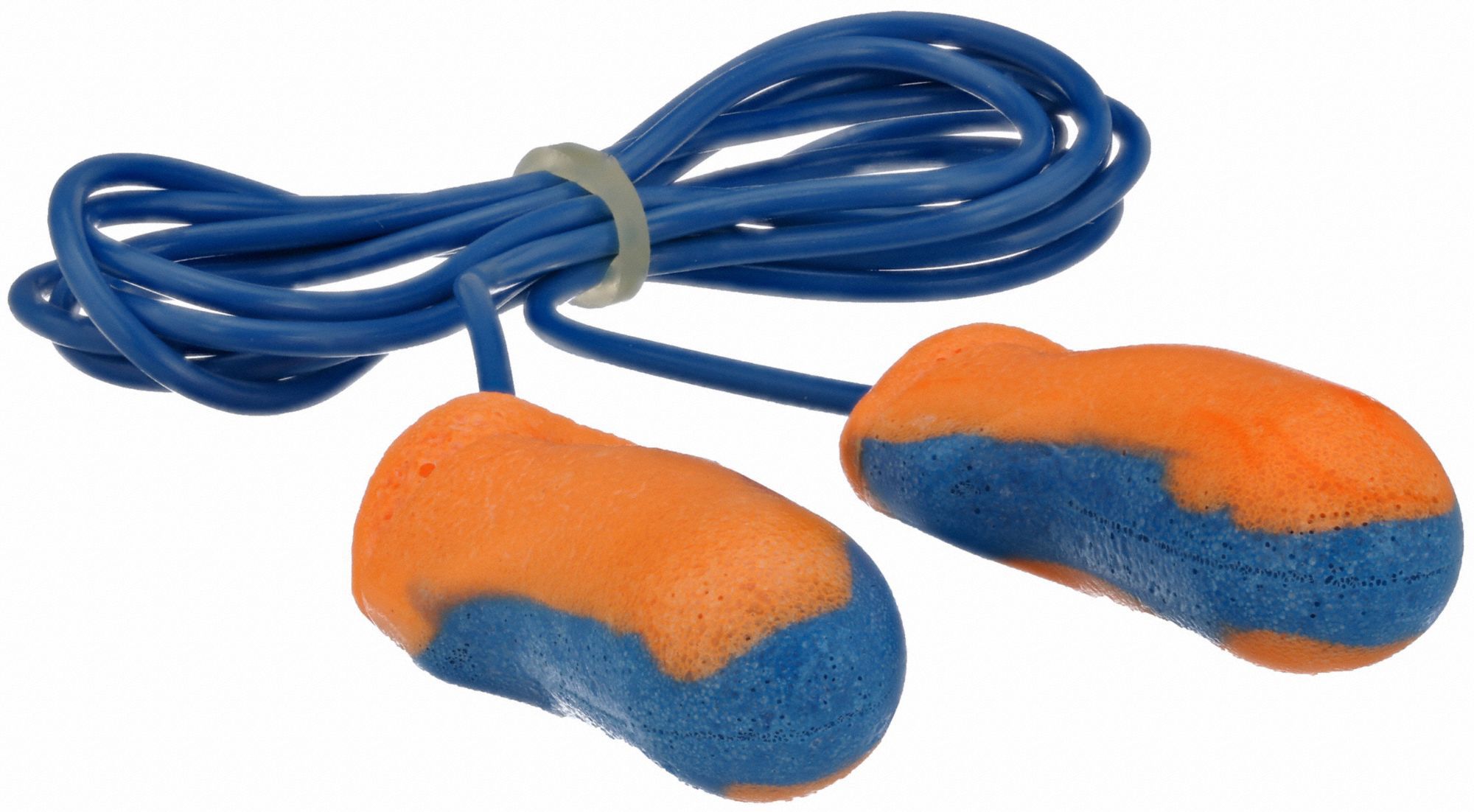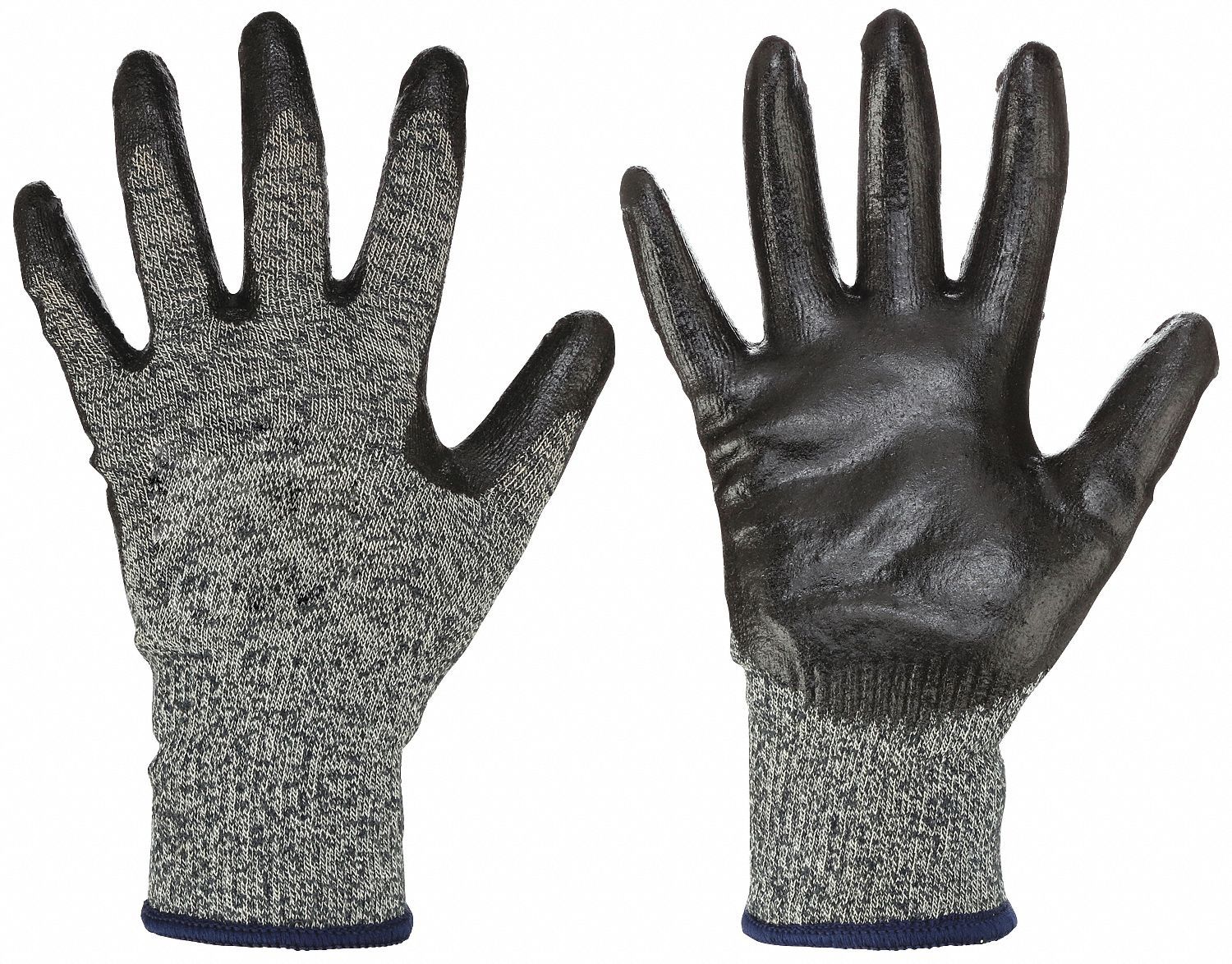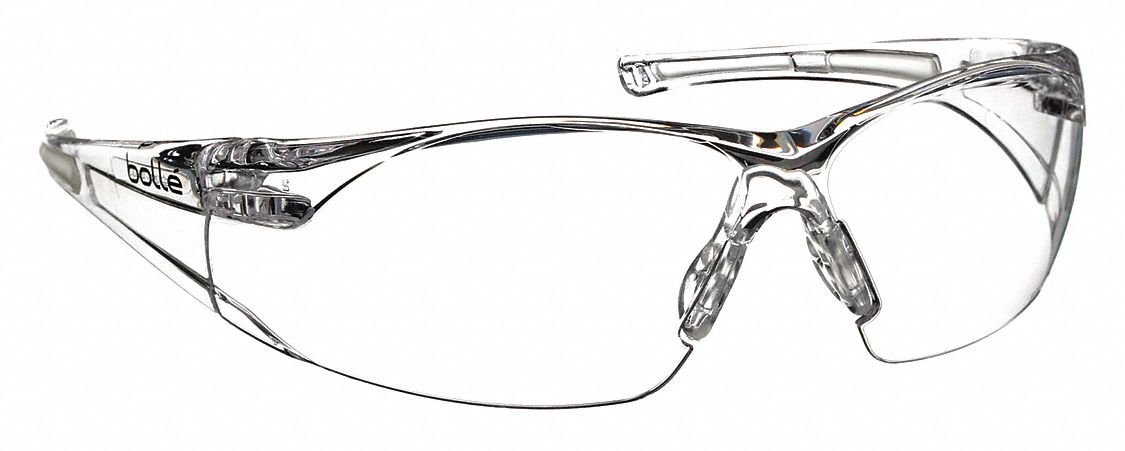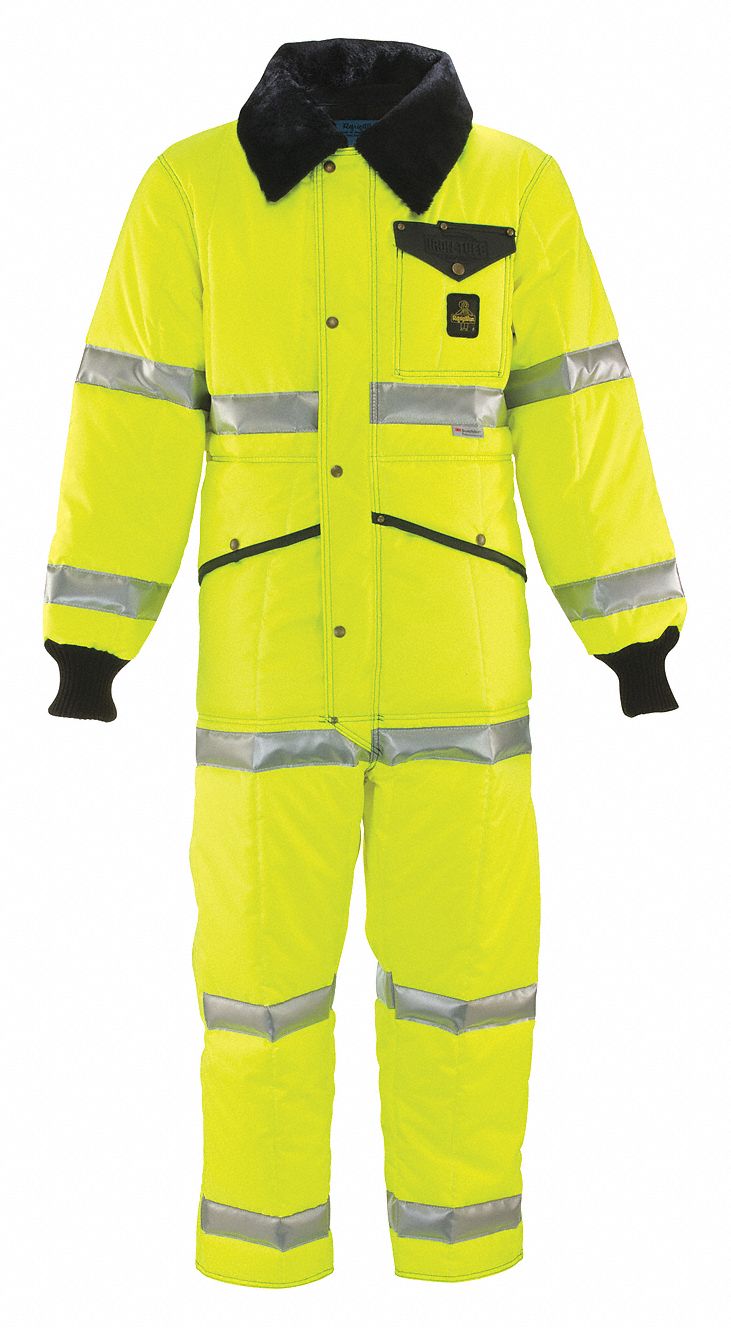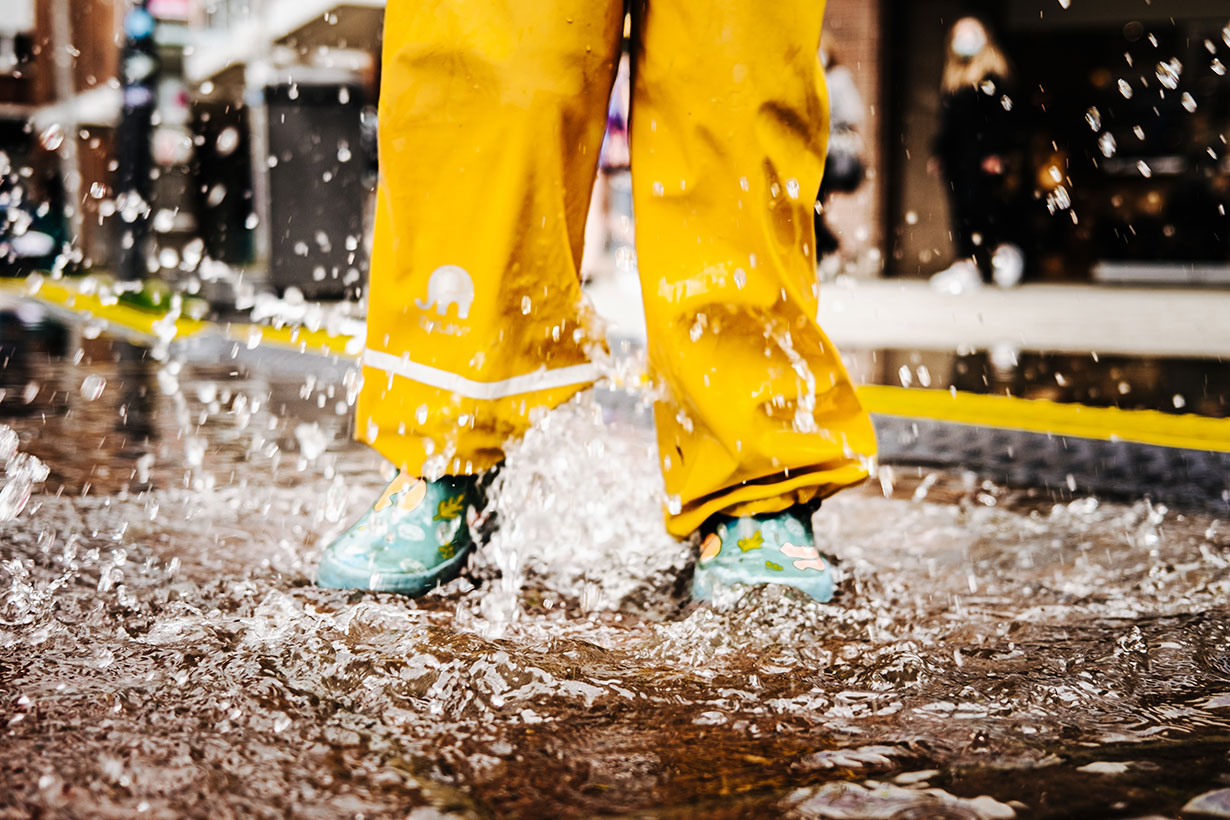

PPE for Extreme Conditions: Ensuring Comfort and Safety in All Types of Weather
By Grainger Editorial Staff 10/25/23


Whether it’s blistering heat, freezing cold and rain or heavy snow, having the right gear when working in extreme weather conditions is essential. Wet surfaces, spills or weather-related hazards like snow, ice or rain can cause dangerous slips or falls. In 2020, workplace slips, trips and falls ranked among the top three causes of work-related injuries resulting in lost time and reduced productivity, according to the Bureau of Labor Statistics. Get to know the different types of specialized PPE designed to keep workers comfortable and safe in challenging environments.
Understanding the Risk: Weather-Related Job Hazards
The Occupational Safety and Health Administration (OSHA) states employers must provide workers with suitable PPE at no cost, including clothing, gloves and other equipment designed to protect against job-related hazards. Employers are responsible for assessing workplace conditions and selecting appropriate PPE to help prevent illnesses and injuries. Among the main weather-related hazards for employers to consider are:
- Extreme hot or cold temperatures
- Lightning
- Slippery surfaces
Proper PPE for Cold Weather
When choosing protective clothing, it’s important to consider the dangers it protects against and how comfortable it is to wear. If workers feel uncomfortable, they may be tempted to ignore safety guidelines, loosening or removing protective gear if they get too hot or adding extra layers when cold, which can reduce the effectiveness of safety equipment.
Working in freezing temperatures requires PPE that offers insulation to help protect against cold-related injuries like hypothermia and frostbite, including:
Insulated Clothing
High-quality insulated clothing is crucial in freezing temperatures to help keep workers safe and comfortable. Using moisture-wicking base layers or layering with hoodies and sweatshirts is recommended in extremely cold conditions. Electronically heated jackets, coats, vests, overalls, and pants are a convenient way to keep workers warm for extended periods outdoors. Using waterproof and windproof outer layers and high-visibility outerwear also help to keep workers dry and ensure they are visible in low-light conditions like wet or heavy snow.
Thermal Gloves and Warmers
Hands and feet are susceptible to cold-related injuries. Thermal gloves with insulated linings and water-resistant exteriors help protect hands from freezing temperatures while allowing agility for performing common tasks. Disposable chemical warmers can also be used inside gloves and footwear to help keep hands and feet comfortable and warm.
Insulated Boots
Waterproof, insulated boots and overboots provide additional traction and help keep workers dry and comfortable when exposed to cold, wet or below-freezing temperatures. Thermal socks and boot liners can be used with existing footwear for an additional layer of warmth in cold environments.
Head and Face Protection
Wearing thermal hats and balaclavas helps prevent heat loss through the head and protects the face from icy winds and snow, reducing the risk of frostbite. In heavy snow, proper eyewear and snow goggles are important to wear for greater visibility and to help reduce the risk of accidents.
Proper PPE for Working in Heat
Whether you’re combating the sweltering heat or regularly working outdoors or in warm environments, it’s important to consider PPE with cooling features and breathability. High-quality, polarized safety glasses can help protect the eyes and ensure proper visibility. Keeping a hydration pack or water cooler easily accessible is also important to help prevent heat-related illnesses.
Consider the following gear to stay cool while working in the heat:
Hats, Headwear and Cooling Towels
Wide-brimmed hats or caps with neck flaps provide shade and help protect the face and neck from the sun. Sun shades, visor attachments and hard hat cooling products are especially useful while doing physically demanding work outside. Cooling towels, headbands and hats made from absorbent and quick-drying materials can provide instant cooling when working in warm weather.
Breathable Clothing
Lightweight, breathable fabrics are essential when working in the heat. Loose-fitting shirts and pants made with moisture-wicking materials are great for staying dry and cool while working outdoors or in warm environments for extended periods.
Cooling Vests
Cooling vests are designed with special materials that absorb and hold water. They work by using evaporation to help cool the body to provide relief in scorching temperatures and protection against heat-related illnesses like exhaustion or heatstroke.
PPE When Working in the Rain
Working in the rain presents several hazards, from reduced visibility to the risk of hypothermia. From slip-resistant boots to high-visibility vests, consider the following waterproof gear when working in the rain:
Waterproof Clothing and Umbrellas
Wearing waterproof jackets, rain suits, pants and overalls, or ponchos can help keep workers dry during rainy conditions and also help reduce the risk of hypothermia. In addition to waterproof clothing, umbrellas can help keep workers dry and comfortable.
Anti-Slip Footwear
Boots with slip-resistant soles are critical when working in wet conditions. Rubber boots and waders can keep feet dry in many different working environments and help prevent slips, trips and falls by providing additional stability on slippery surfaces. Traction devices and slip-resistant footwear can help prevent accidents on wet and icy surfaces.
Waterproof Gloves
Waterproof gloves help keep hands warm, dry and protected in wet environments, helping prevent accidents during tasks that require a strong grip, like using tools or working with heavy machinery and equipment.
Regardless of the weather, safety and protection ultimately involve more than procuring the right supplies. Workers also need to be educated about the proper use of PPE. Regular training sessions, updated safety protocols and fit testing are critical to maximizing PPE effectiveness to help minimize workplace accidents and injuries. By providing the proper PPE and training, employers can help significantly reduce risks, ensuring workers remain safe, comfortable and productive in all types of challenging weather conditions.
Frequently Asked Questions
Employers are required to assess the workplace and determine if hazards requiring PPE are present or are likely to occur. They are also responsible for training employees on how to use PPE properly, including understanding when PPE is necessary, what’s required, how to properly put on, take off and adjust the gear, and proper maintenance and disposal. OSHA requires employers to confirm that PPE is properly maintained, regularly inspected for defects, and replaced when necessary to ensure continued effectiveness.
OSHA requires employers to provide employees with PPE at no cost to help ensure their safety and protect them from workplace hazards, including those related to weather like gloves, goggles, face shields, helmets, hearing protection, high-visibility clothing and other specialized equipment depending on the type of job.
OSHA doesn’t specify a specific frequency for hazard assessments but recommends conducting regular assessments, especially whenever there’s a significant change in work processes, equipment, or conditions that may create new hazards. Follow the guidelines for workplace hazard assessments in 29 CFR 1910 Appendix B. Regular reassessments are essential to ensure ongoing safety, especially in jobs where weather-related hazards are a concern.

Sustainability
Understanding Nitrile and Biodegradability
Purchasing managers responsible for meeting their organization's sustainability goals should dig a little deeper when they come across product descriptions with environmental claims.
![]() Our Latest KnowHow
Our Latest KnowHow
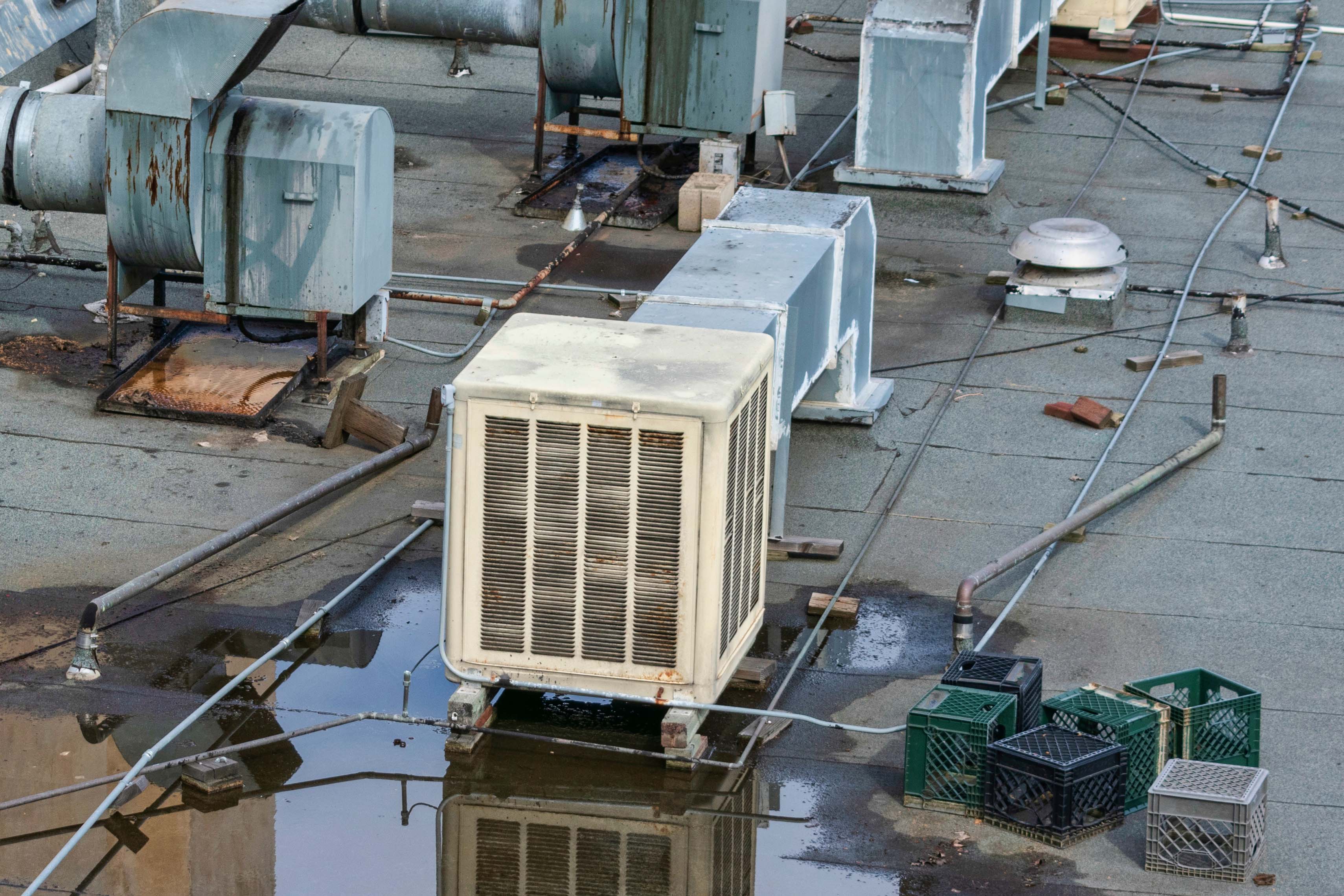
What To Do When Water Meets Your HVAC System
This article highlights the key places throughout your HVAC system you should check for signs of water damage, leaks and other water-related issues.
The information contained in this article is intended for general information purposes only and is based on information available as of the initial date of publication. No representation is made that the information or references are complete or remain current. This article is not a substitute for review of current applicable government regulations, industry standards, or other standards specific to your business and/or activities and should not be construed as legal advice or opinion. Readers with specific questions should refer to the applicable standards or consult with an attorney.

